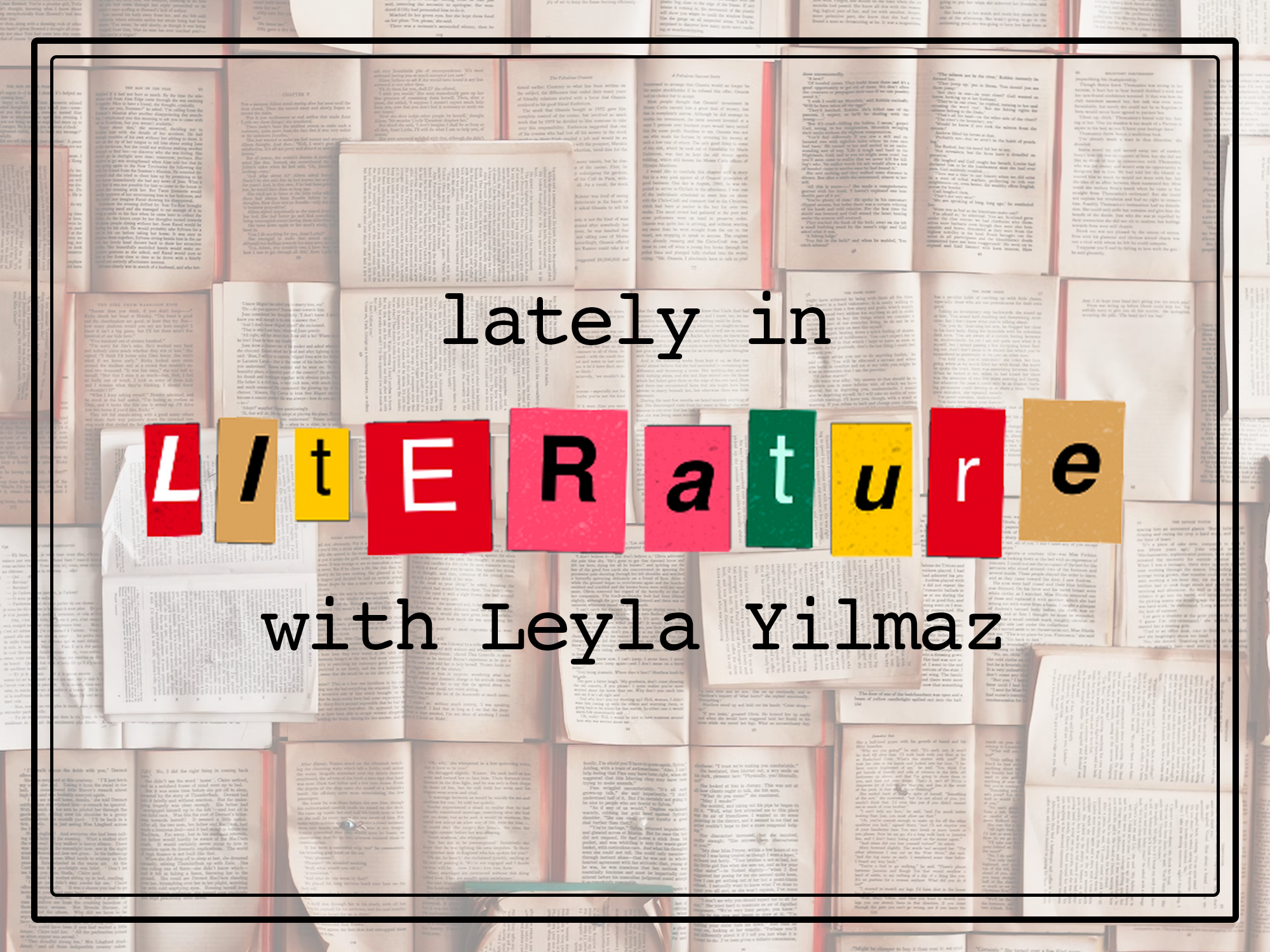Rebecca Makkai’s “The Great Believers” was published in 2018 and critically acclaimed, including becoming a Pulitzer Prize finalist. It was also the first book I finished in 2023. Immediately, I felt like it would make it into the list of the best books I’ve read this year without knowing any of the other books to come.
The novel spans two eras, Chicago in the 1980’s and Paris in 2015. The book starts in the first era, where the reader is introduced to a group of young gay men at the funeral of their friend Nico, who has passed away from AIDS.
From the very first scene, Makkai depicts the reality of the AIDS epidemic through peering into the inner lives of its victims. She not only portrays the loss and the grief, but the shame, the guilt, the anxiety and the loneliness. Nico’s friends diverge from his family, who won’t even acknowledge the cause of his death.
The tension introduced from the first scene is carried out throughout the novel as Makkai depicts the progression of the epidemic. From routine tests, to anxiety over diagnosis, to the illness itself, to loss of community, Makai discloses the constant sense of fear in the lives of these young men. And we witness them grieve over what could’ve been of their lives, their friendships and their passions.
Amidst the epidemic, one of the main characters, Yale Tishman, is hired by Northwestern University to help open up a new gallery in the school. There, he meets an art collector, Nora, who voices a similar type of grief although about an entirely different situation.
“Every time I’ve gone to a gallery, the rest of my life, I’ve thought about the works that weren’t there. Shadow-paintings, you know that no one can see but you,” Nora says. “But there are all these happy young people around you and you realize no, they’re not bereft. They don’t see the empty spaces.”
She is experiencing a sense of sorrow, not for herself, but for the art she cherishes that won’t make it into the public eye, and for the people who won’t be blessed by their beauty.
Through Nora and Yale’s uncanny friendship, Makkai delves further into the fear of missing out. This is perhaps a fear especially relevant for college students like ourselves, as we wonder if we could be doing something better with our time instead of studying for a week 9 midterm.
But Makkai explores this fear to another extent by asking how our perception of art also shapes what is created. What we consider to be art generates the art that never gets made and the art we never end up seeing, which is another thing to grieve over according to Nora and Yale.
“If you had to choose when, in the timeline of the earth, you got to live — wouldn’t you choose the end? You haven’t missed anything, then. You die in 1920, you miss rock and roll. You die in 1600, you miss Mozart,” says Yale. For him, this fear is eerily palpable.
In a chapter flooded by short and direct sentences, Makai highlights all the things Yale reminisces over, but she also recounts the experiences he is unable to make: memories that could have been but were stolen from him by his disease.
Other chapters depict modern-day France. There, Nico’s sister, Fiona, is searching for her daughter who, as a teenager, ran away from home following a cult. Fiona is similarly grieving memories she never got to make with her daughter and her granddaughter like a normal family.
Fiona battles a profound sense of loss, first with her brother and his friends’ death, and then with her daughter’s disappearance. Yet she remains hopeful to find her and make up for those memories. Fiona’s character mirrors the love Yale had for his friends.
Although Yale’s relationship with his friends were often complicated, he remembers them “not as the sum of all the disappointments, but as every beginning they’d ever represented, every promise.” And so does Fiona. Her brother, daughter and even Paris remain for her spectacles of love despite the loss they symbolize.
By writing historical fiction, Makai brings to life the long-lasting impacts of the epidemic, a reality covered up back in the day and mostly forgotten now. “[W]hen they stepped through a pocket of cold air, didn’t they understand it was a ghost, it was a boy the world has spat out,” Fiona thinks as she wanders through the streets of Paris, pointing out the loss of public memory of the epidemic.
What Fiona witnesses is collective dementia over the realities of the AIDS epidemic. Eight years later in 2023, the gravity of the disease in many low resource settings is still overlooked. Makai writes that letting go of memory, in this instance the memory of the epidemic, is something akin to murder. Thus, her work is a reminder that things are not to be forgotten when livelihoods remain under attack.
“The Great Believers” is bound to leave an impact on any reader. Forming a bond with this dynamic friend group and experiencing the loss with them is inevitable. But even for those of you who are hesitant towards emotional reads, “The Great Believers” still deserves a well dusted spot on your bookshelf. It serves not only as a fiction work but as a historical artifact, recollecting memories of the past with utmost detail.
Editor’s Note: This article is a review and includes subjective thoughts, opinions and critiques.
